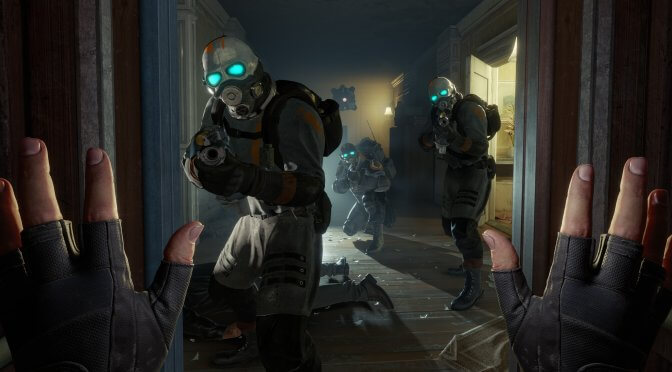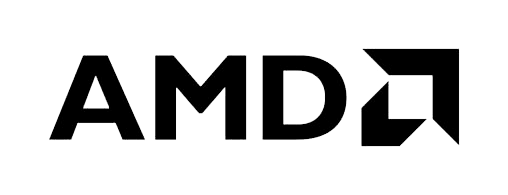Derfor frigives kun en VR version af Half-Life

Udviklerne forklarede, hvorfor Half-Life: Alyx er en prequel til Half-Life 2, og ikke det meget ventede Half-Life 3. Desuden forklarede de, hvorfor der ikke vil komme en none-VR-version af spillet.
Som Dario omtaler i videointerview, startede Half-Life: Alyx som et VR-efterforskningsspil, som efterfølgende blev til et Half-Life-spil. Og selvom teamet ville elske at frigive en none-VR-version, er dette ifølge Valve ikke muligt i øjeblikket.
“We would love to be delivering a version of this that you could play with a mouse and a keyboard. But like as we said, it began as an exploration of VR. The more we used the controllers and the headset, we realized the the amount of interactions this gives, the amount of possibilities these things give us. The more we explored this, the more we realized that there’s so much opportunity that we can’t really translate back to the keyboard.
When you can track your hands separately from your head. They are all 3D space, all simultaneously tracking and moving, you just can’t get that with a mouse and keyboard. And when you put that into game mechanics, the kinds of interactions that we can do now, we couldn’t possibly do with a mouse and keyboard.”
Dario nævnte åbning af døre som et eksempel på disse nye VR-mekanismer. Spillere kan nu let åbne døre og begynde at skyde med våben, åbne dem langsomt eller vælge af banke på. Via den nye VR-mekanismer, kan man ligeledes åbne dem, kaste en granat og derefter lukke dem.
Dario konkluderede, at Valve skulle re-mappe en del af tastaturet, der kun var dedikeret til at interagere med døre, eller helt omskrive VR-versionen til fordel for musen og tastaturversionen, hvilket de på nuværende tidspunkt ikke har muligheden for at igangsætte.
Spørgsmålet om hvorfor Half-Life: Alyx er en prequel og ikke en efterfølger til Half-Life 3, blev stillet til Robin Walker som forklarede:
“I mean in all honesty, back in 2016 when we started this… I mean, Half-Life was just terrifying. Half-Life 3, terrifyingly daunting prospect, right? And I think to some extend, VR was a way we could fool ourselves into believing we had a way to do this.
Because, by starting with VR and then trying to think about Half-Life and how it worked with it and playtesting those, you’re immediately in a space where we have something we understand well, Half-Life’s core gameplay, and a new platform with new prospects and new possibilities and we can do that translation, and then we can watch people play, and so within a week or two we’re starting to learn. We are able to watch someone go through it. And so it was really easy to not try and think about the big picture of “Oh, we’re making Half-Life 3”. We could just focus and figure out what people enjoy in this and then make forward progress.
And in some ways, VR was a little bit, like the way the gravity gun helped us in Half-Life 2. It became the tent pole that you could wrap so much around. The innovation around it. And so VR became this thing that we could wrap everything around. Where as Half Life 3, if it’s like “Hey tomorrow you are working on Half-Life 3!” and you are like “Oh God!” Terrifying.”
Walker og Speyrer forklarede ligeledes, at de ønsker at arbejde på flere Half-Life-projekter i fremtiden. De bliver dog nødt til at vente og se, hvordan verden reagerer på dette nye Half-Life-spil inden beslutninger tages om fremadliggende projekter.
Kilde & Image credit:
Valve, thegameawards
Seneste spil
-
23 aprspil
-
22 aprspil
Første hotfixes til No Rest for the Wicked
-
Fallout 5 lanceres efter Elder Scrolls 6
-
19 aprspil
Kingdom Come: Deliverance 2 officielt annonceret
-
18 aprspil
Bethesda fjerner Denuvo DRM i Ghostwire Tokyo
-
Bedste Co-Op Byggespil
-
18 aprspil
Kingdom Come: Deliverance 2 Udgives i 2024
-
18 aprspil
Nye Xbox Cloud Gaming titler for Insiders









